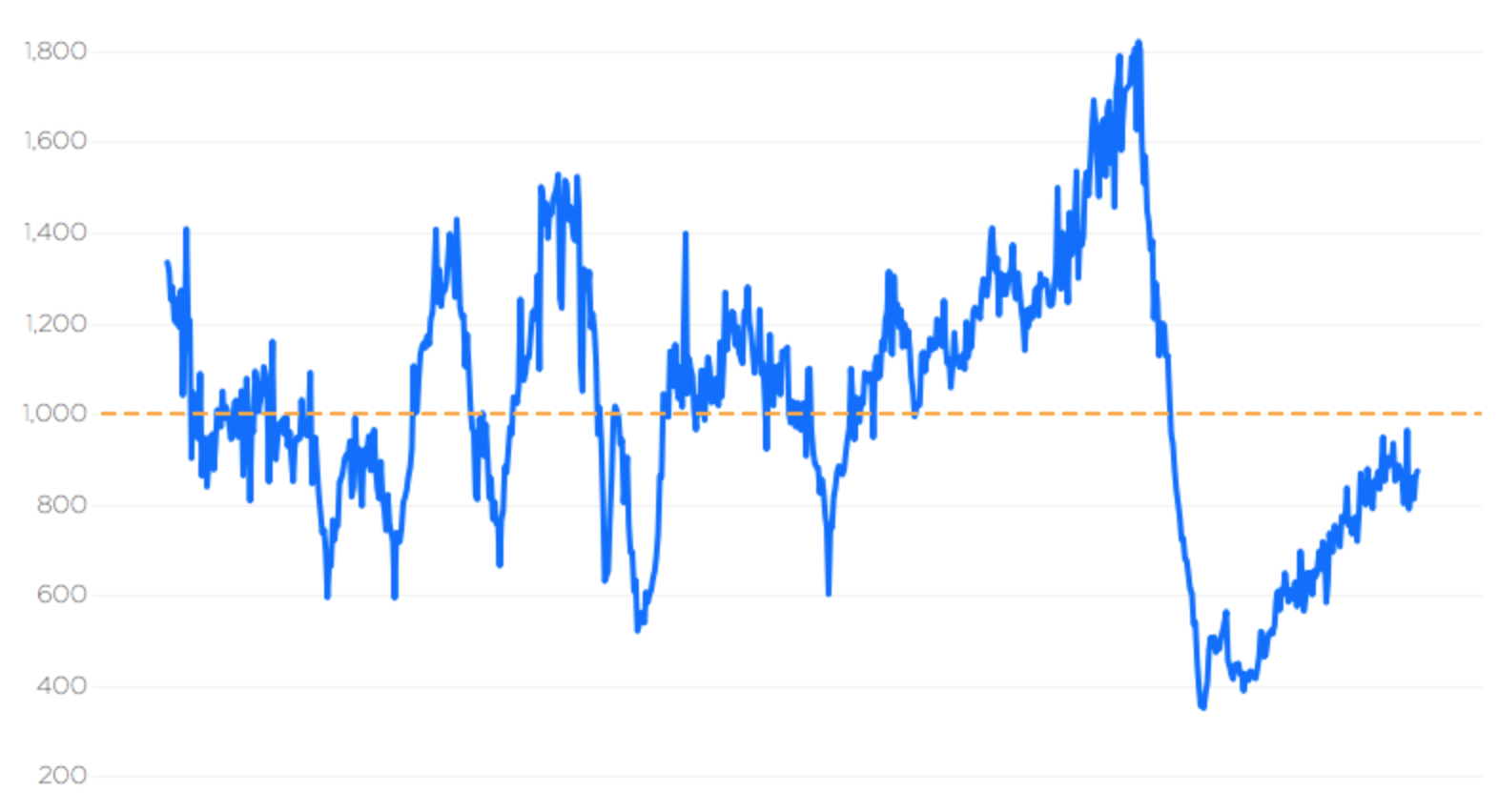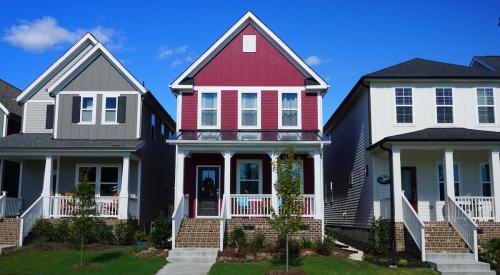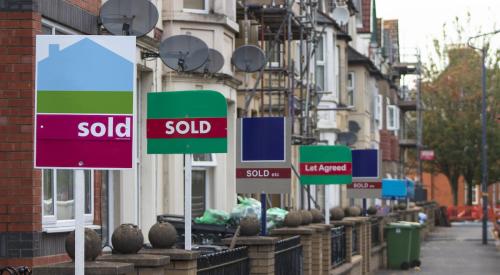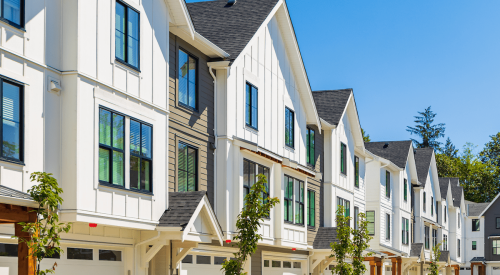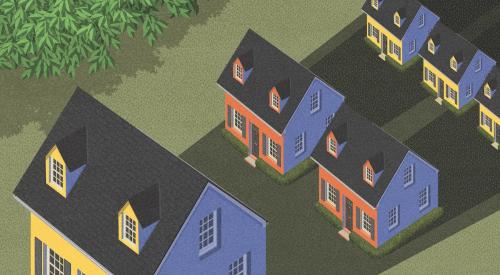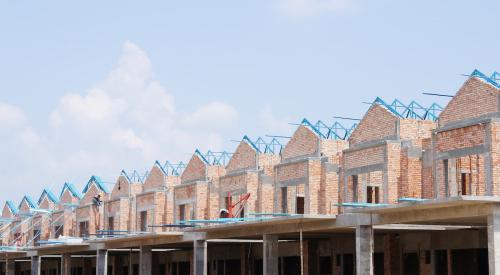Zillow surveyed more than 100 economists and real estate experts and the majority’s outlook on future housing starts was not very encouraging.
The seasonally-adjusted annual rate for single-family housing starts in any given month averaged more than 1 million since 1959 until July 2007 and every year since. Fifty-four percent of experts surveyed by Zillow indicated they didn’t expect starts to break the million mark again until 2022 or later. Just 20% expect starts to hit 1 million by the end of 2020, and 26% said that might happen during 2021.
Research indicates that in recent years, the level of building has fallen well short of what would otherwise be expected to simply keep up with population growth. But builders during that time have had well-documented difficulties ramping up homebuilding activity, grappling with issues related to acquiring buildable land in desirable areas; securing lumber and other materials; and finding enough workers.
As prices for these key inputs rise and/or succumb to stretches of volatility, it is increasingly difficult for builders to profitably construct large numbers of homes, especially at price points accessible to low- and middle-income home buyers. Rising local regulatory costs related to permitting, environmental review and/or zoning restrictions often also play a role.
Panelists were asked to select up to three possible solutions that might make building easier, and to rank their selections in order of their expected effectiveness in goosing home building activity. The three most commonly chosen and highest-ranked actions chosen whttps://www.zillow.com/research/building-back-to-normal-2022-25390/ere:
• Relaxing local review regulations for projects of a certain size (chosen by 56% of panelists[2])
• Reducing mandatory minimum lot sizes (38% of panelists)
• Easing the land subdivision process for landowners (38%)
The panel also reduced their expectations for home value growth compared with the growth they forecasted at the same time last year. On average home value growth, currently at 5.2%, was anticipated to slow to 3.6% by year end, 2.2% next year, and 2.2% in 2021.
